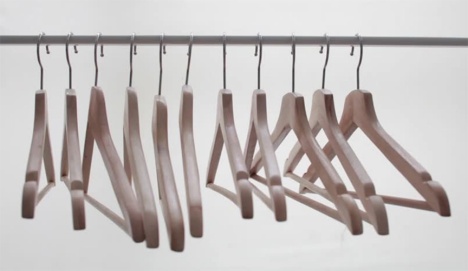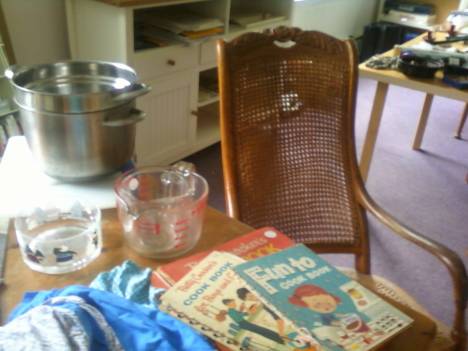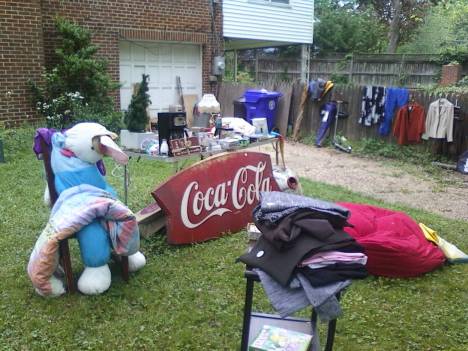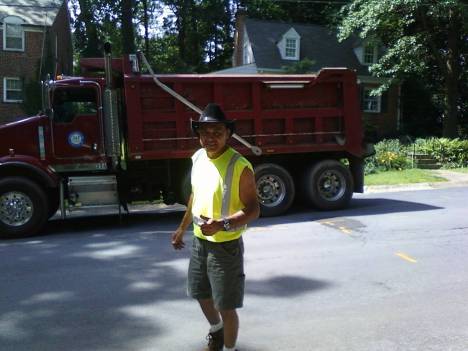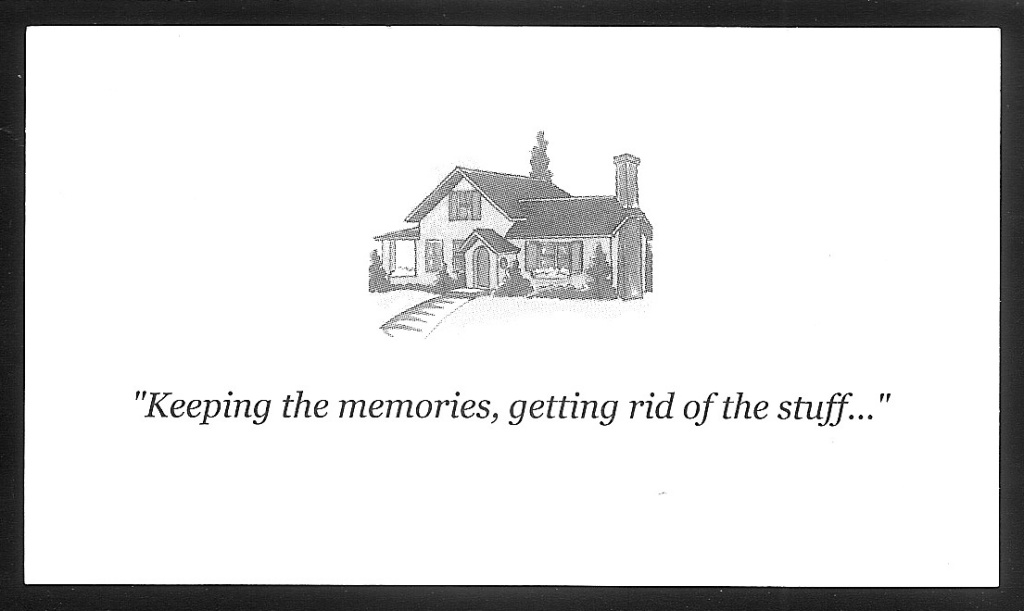
Our Motto
It’s true: we’ve got (almost) a whole new year ahead of us. Many of us were hoping that it would feel instantly different and better than the last year, but sometimes things don’t happen as quickly as we would like them to.
The result is that many of us are housebound again, whether because of the weather, or avoiding the virus, or having to isolate and get better after exposure to the virus.
So, that’s disappointing. But what can we do to turn things around and make a housebound January/February more productive? Here are five ideas for you to take or leave, as you please.
- What about dealing with those boxes of old photographs you were able to ignore in the pleasant days of summer and fall? You know the ones I mean. (The ones in those boxes, or that closet, that you’ve been trying to ignore.) Why not take some time to go through the pictures, put them in books, or frame them, and/or label the ones that your children may wish one day that you had labeled. (You can get some advice about how to do that without ruining the photographs in our book.)
- If, while you are following idea #1 you have some fun, touching, or tender memories about the people and/or places in the pictures, consider taking the time to write down (or record) the memories. Often stories about people are even more interesting than pictures of them. Certainly they are more interesting than just their names.
- One of the most difficult things about downsizing a home is the overwhelming nature of it. It’s good to break it down into small, manageable pieces. My coauthor wrote a great post about attacking an excess of items in her kitchen a few years ago, and it occurs to me that this would be a great housebound-in-winter task. (Not the whole house. Just the kitchen, for now…)
- Do you have a tradition of telling your kids their birth day stories? I was inspired by one of my cousins who has an annual tradition of recounting these stories to her kids, to at least write those stories up for my sons. This could be an enjoyable task to take on when you get tired of sorting things. 😦
- Not as much fun as thinking about the day(s) when your children came into the world, it’s important to prepare things for the day you will one day go out of it. Here’s another post by my coauthor about writing a legacy letter. This can be a wonderful thing to leave behind for your children: even better than china and silver, and even old photographs. 🙂
Whatever you decide to do with the sometimes dreary days at this time of year, do take good care of yourself and hold on for spring. It will be coming! We can count on that…and when it comes we probably won’t be in the mood for labeling photographs or organizing kitchen drawers.
So why not take advantage of the opportunity to do so now?
Janet Hulstrand is a writer, editor, writing coach, and teacher. She is coauthor of Moving On: A Practical Guide to Downsizing the Family Home and author of Demystifying the French: How to Love Them, and Make Them Love You.
Filed under: downsizing the home | Tagged: downsizing the home | Leave a comment »








